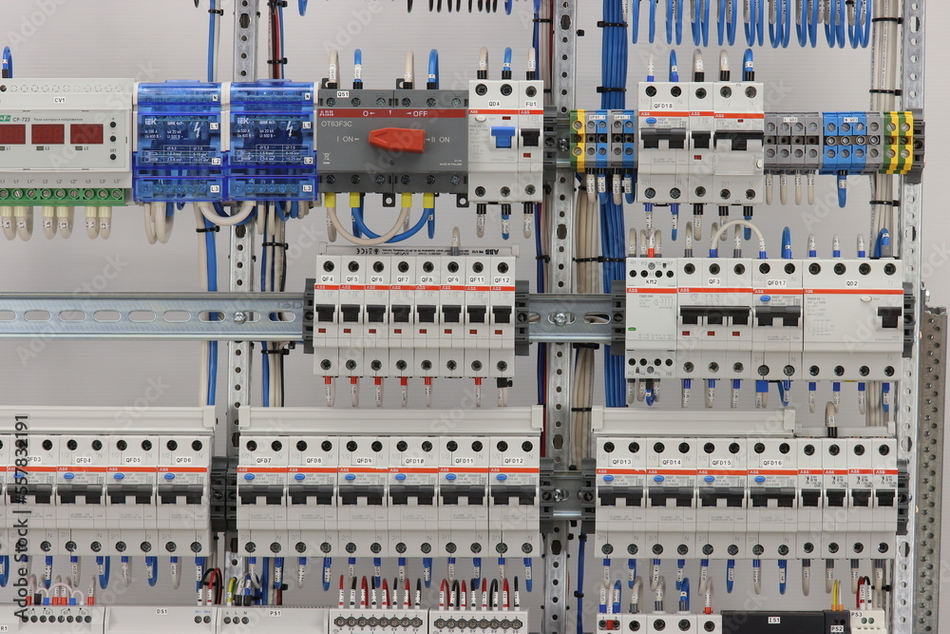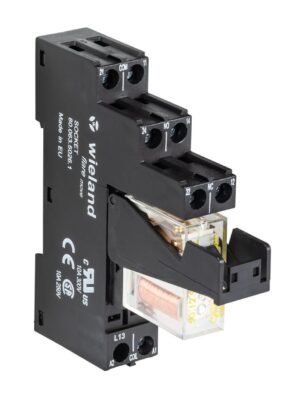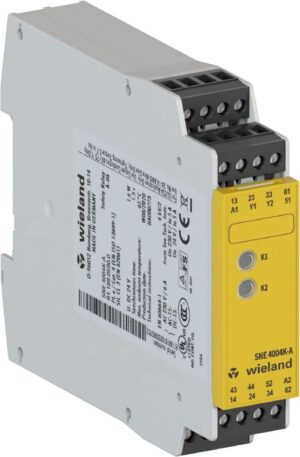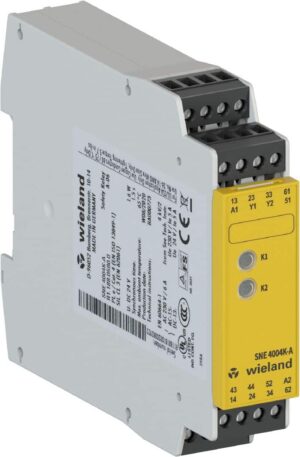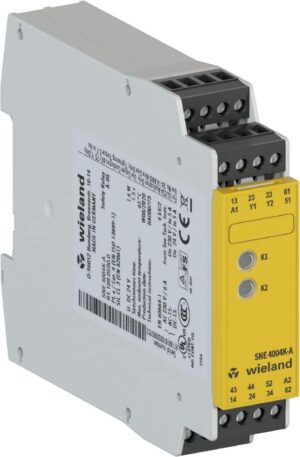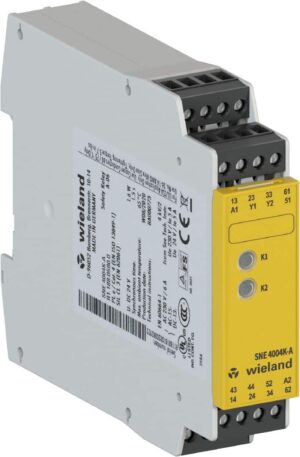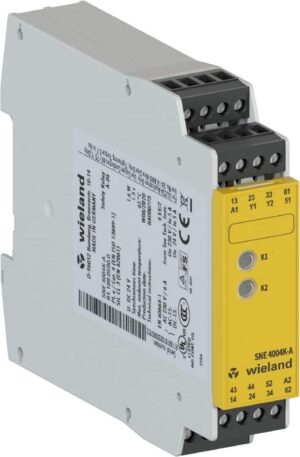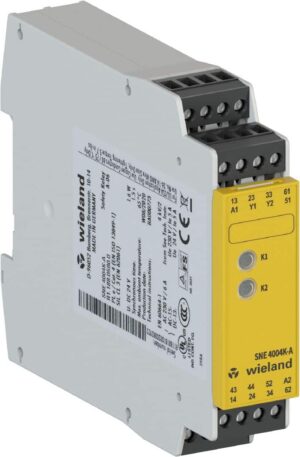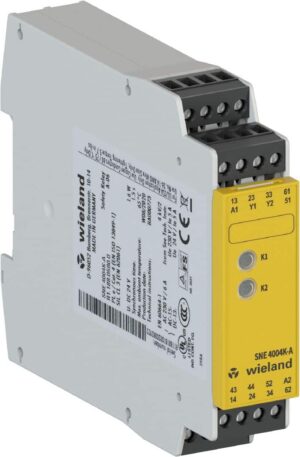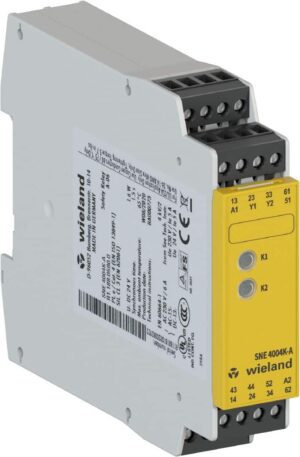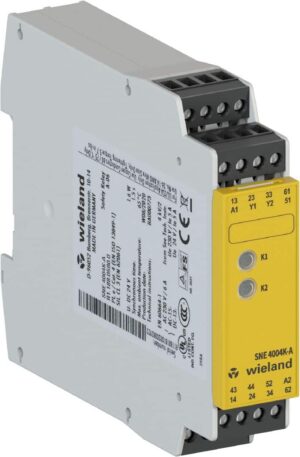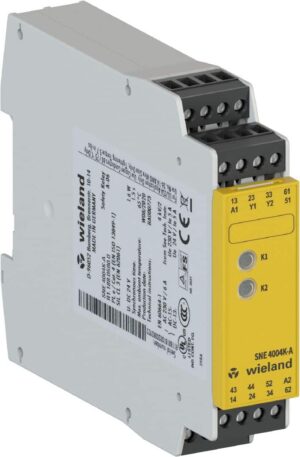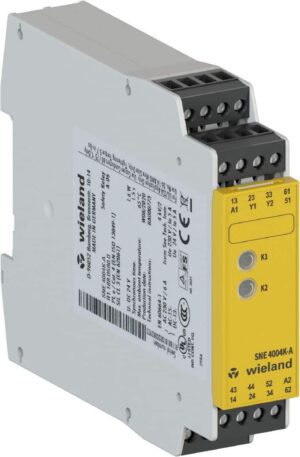The Role and Importance of General Purpose Relays in Modern Technology General purpose relays, often referred to as multi-purpose relays, are vital components in both…
The Role and Importance of General Purpose Relays in Modern Technology
General purpose relays, often referred to as multi-purpose relays, are vital components in both commercial and industrial automation systems. These versatile switching devices play a central role in executing relay sequences, isolating control signals, and simplifying the operation of complex circuits. Whether integrated into control panels, lighting systems, or motor control products, their reliability and flexibility make them a core building block in modern electrical engineering.
They are especially valued in applications that require relay status indicators, broad voltage relays support, and compatibility with plug-in relay formats. With innovations such as mechanical indicators, LED flag displays, and coil test buttons, modern general-purpose relays streamline diagnostics and minimize downtime.
What Are General Purpose Relays?
General purpose relays are electromechanical or solid-state relays designed for a wide variety of applications — from HVAC systems to process control to lighting loads. These devices typically feature 4-pole plug-in relays, terminal block relays, or compact PCB-mountable versions. Some are full-featured relays with test buttons, visual status indicators, and built-in timers, while others remain plain cover relays with basic switching capability.
Used in relay sequence circuits, they perform tasks like load control, signal duplication, and feedback switching. Their modularity makes them easy to install, replace, and maintain — particularly in multi-relay circuits where removal of relay from socket is a routine operation.
Key Features of General Purpose Relays
High Inrush Current Capabilities
General purpose relays are engineered to handle high inrush current associated with inductive loads such as motors, solenoids, and transformers. This makes them ideal for series power relays and relay units tasked with repetitive load switching in demanding environments. Models such as the 700-HG Power Relays are specifically built to handle large AC loads safely and efficiently.
Adaptations for Hazardous Environments
Select relays in the relay portfolio are designed for extreme conditions, including hazardous environments like railway systems, heavy industry, and energy generation. Relays such as the 700-HJ Magnetic-Latching Relays and 700-HHF Flange Mount Power Relays offer enhanced durability, built-in relay sealing, and fail-safe operation under stress.
For environments with stringent safety requirements, these relays often come equipped with coil bus jumpers, coil power status indicators, and are tested for compliance with international electrical and thermal standards.
Space-Saving Configurations
Modern installations demand panel space-saving solutions, and general purpose relays have evolved to meet that need. From 700-HL Terminal Block Style Relays to miniature ice cube relays like the 700-HC, engineers now benefit from compact space saving products that maintain full functionality without compromising wiring accessibility.
Their size, socket compatibility, and clear status feedback help reduce cabinet depth, simplify wiring, and support standardized relay replacement across diverse control layouts.
Types of General Purpose Relays
High Power Relays
High power relays are engineered for switching large loads, typically in the range of 10A to 30A or more. These are commonly used in motor control products, heavy-duty lighting systems, and industrial heating units. Models like 700-HG Power Relays and 700-HHF Flange Mount Relays support rugged operation, often featuring silver alloy contacts, heat-resistant bodies, and robust relay units with long mechanical life.
They are ideal for relay sequences involving high inrush current and can be socket-mounted or panel-mounted depending on the layout of the control panels. These relays are often chosen in power contact rating applications that require consistent performance over tens of thousands of cycles.
Low Power Relays
Low power relays are optimized for signal-level switching or control of low-voltage devices. These are perfect for building automation, status feedback circuits, or as part of multi-relay circuits where a compact, efficient footprint is required. Often referred to as mini-power relays or small-sized general purpose relays, they are available in 4-pole plug-in relay configurations and offer minimal power consumption in the powered condition.
They are often equipped with mechanical indicators, LED status lamps, and can be part of work-saving relays that simplify wiring and diagnostics in tight control environments.
Leading Manufacturers in the Relay Industry
TE Connectivity
TE Connectivity offers one of the most comprehensive relay portfolios globally, covering everything from automotive to industrial plug-in relays. Their relays are engineered for performance, often featuring advanced thermal management, high dielectric strength, and compatibility with both DIN and PCB mounting solutions. TE is known for innovation in multi-purpose relays and relay for railway applications.
Omron
Omron is widely regarded for its innovation in compact space saving products, particularly in the field of control relays. From Bi-Polar LED Status Lamps to manual flag indicators, Omron relays simplify installation, diagnostics, and replacement. Their general-purpose relay range includes options for lighting loads, HVAC, and infrastructure systems, and they provide software-supported relay selection tools for design engineers.
Applications of General Purpose Relays
Building Automation
In modern buildings, multi-purpose relays control lighting, ventilation, alarms, and energy-efficient systems. Designed for compact installation and minimal power usage, these relays help automate lighting controls, climate systems, and occupancy-based activation routines. Their status indicators allow facilities teams to quickly verify the operation of relays across large systems.
Plant and Factory Automation
General purpose relays are deeply integrated into plant automation, controlling actuators, conveyors, pumps, and interlocks. Whether it’s for relay 7A-rated contacts or replacement wiring relays, these components are found in every industrial cabinet where flexible and reliable switching is required. Features like test buttons, visual feedback, and compatibility with relay from socket design standards enhance their usability on the factory floor.
Control Systems Supporting Infrastructure
From data centers to transportation hubs, control systems use general-purpose relays for essential switching tasks like power redundancy, cooling system control, and system fault isolation. Their compatibility with relay sequence circuits and availability in both plain cover and full-featured styles allows engineers to match the exact need for safety, functionality, or diagnostics.
Purchasing and Customization Options
Understanding Relay Specifications
Selecting the right general purpose relay begins with understanding relay specifications such as contact configuration (e.g., SPNO, DPDT), coil voltage, and switching capacity. Engineers must consider range of contact ratings, relay status indicators, and compatibility with relay sockets or PCB footprints.
Key specifications include:
- Coil voltage (e.g., 12VDC, 24VDC, 230VAC)
- Contact rating (e.g., 10A, 20A, or 30A)
- Mechanical indicator and LED options
- Mounting style (socket, flange, DIN rail, or PCB)
Understanding these parameters helps prevent issues like misfiring, excessive coil heating, or premature wear.
Popular Models: SPNO 20A 12VDC Relay
One of the most commonly used configurations is the SPNO 20A 12VDC relay, ideal for pump control, lighting, and motor circuits. These relays support high inrush currents while offering compact housing and reliable coil response in a powered condition.
They are often found in:
- Vehicle electronics and fan relays
- Industrial panels controlling solenoids or contactors
- Control panels requiring simple on/off logic with minimal wiring
Add-Ons for Specific Use Cases
For enhanced performance or diagnostics, relays can be fitted with add-ons like:
- LED indicators or flag displays for quick relay identification
- Snap-on test buttons for live functional checks
- Coil suppression modules to reduce back EMF
- Timing accessories for time delay controls and sequencing logic
These enhancements reduce troubleshooting time and improve safety in relay sequence circuits and multi-relay systems.
Trends in Relay Design and Technology
Integration with Modern Systems
New generations of relays are designed for seamless integration with PLCs, BMS, and IoT-enabled control systems. Features like LED status indication, serial diagnostics, and digital input compatibility are becoming standard. Many brands now offer relay portfolios that include both conventional electromechanical relays and solid-state relay variants for fast switching with zero mechanical wear.
This evolution allows relays to fit naturally into control systems supporting infrastructure, where real-time data and remote control are essential.
Advancements in Relay Safety and Durability
With growing emphasis on safety and uptime, relay manufacturers are introducing:
- Magnetic-latching designs to retain state during power loss
- Self-cleaning contact materials for extended lifecycle
- Arc suppression and anti-weld contacts
- Conformal-coated relay units for corrosion-prone environments
These developments make relays suitable for hazardous areas, high-dust zones, or critical machinery where failure is not an option.
Case Studies: Implementations and Benefits
Relay Sequences in Automation
A common use case involves relay sequences controlling machine cycles, start/stop operations, and safety lockouts. In a bottling plant, for instance, a sequence of SPDT relays coordinates conveyor motor activation, labeler startup, and capper actuation — each triggered only when the previous operation completes successfully.
These sequences provide logic-level control without the need for advanced software or PLC logic.
Enhancing Efficiency in Industrial Applications
Relays contribute to energy savings and system reliability by:
- Automatically shutting off lighting loads during idle hours
- Interfacing low-voltage sensors with high-voltage actuators
- Providing fault isolation and bypass in redundant systems
- Enabling coordinated motor start to reduce current spikes
As a result, industries benefit from reduced downtime, lower power consumption, and simplified maintenance — all delivered through well-designed relay control strategies.
Conclusion: The Future of General Purpose Relays
As automation becomes more integrated, connected, and safety-driven, general purpose relays will continue evolving to meet the needs of modern control systems. From relay sequences that coordinate machine logic to LED-equipped relays that offer instant diagnostics, the technology is shifting toward smarter, more durable, and space-efficient designs.
We can expect further innovation in areas like:
- Digital communication-ready relays with built-in diagnostics
- Relay modules that integrate directly into PLC backplanes
- Modular safety relays capable of logic control
- Greater use of solid-state designs to reduce mechanical wear
The combination of affordability, flexibility, and rugged performance ensures that multi-purpose relays remain foundational in industries ranging from manufacturing to building automation.
Resources for Further Learning on Relays
Check our blogs:
Whats the Difference? Safety Relays vs Safety PLCs.
Safety Relays: The Unsung Heroes of Industrial Safety
